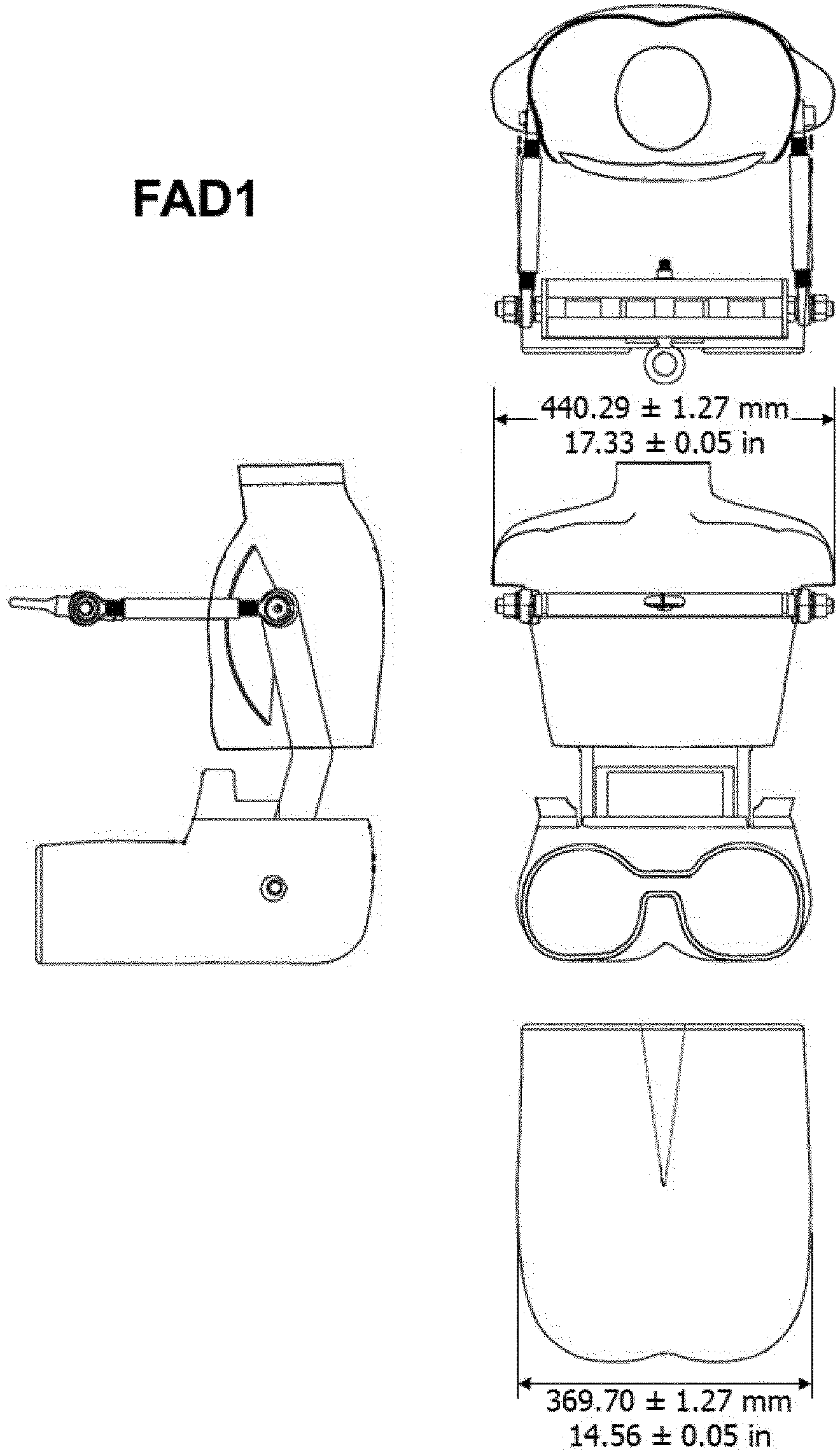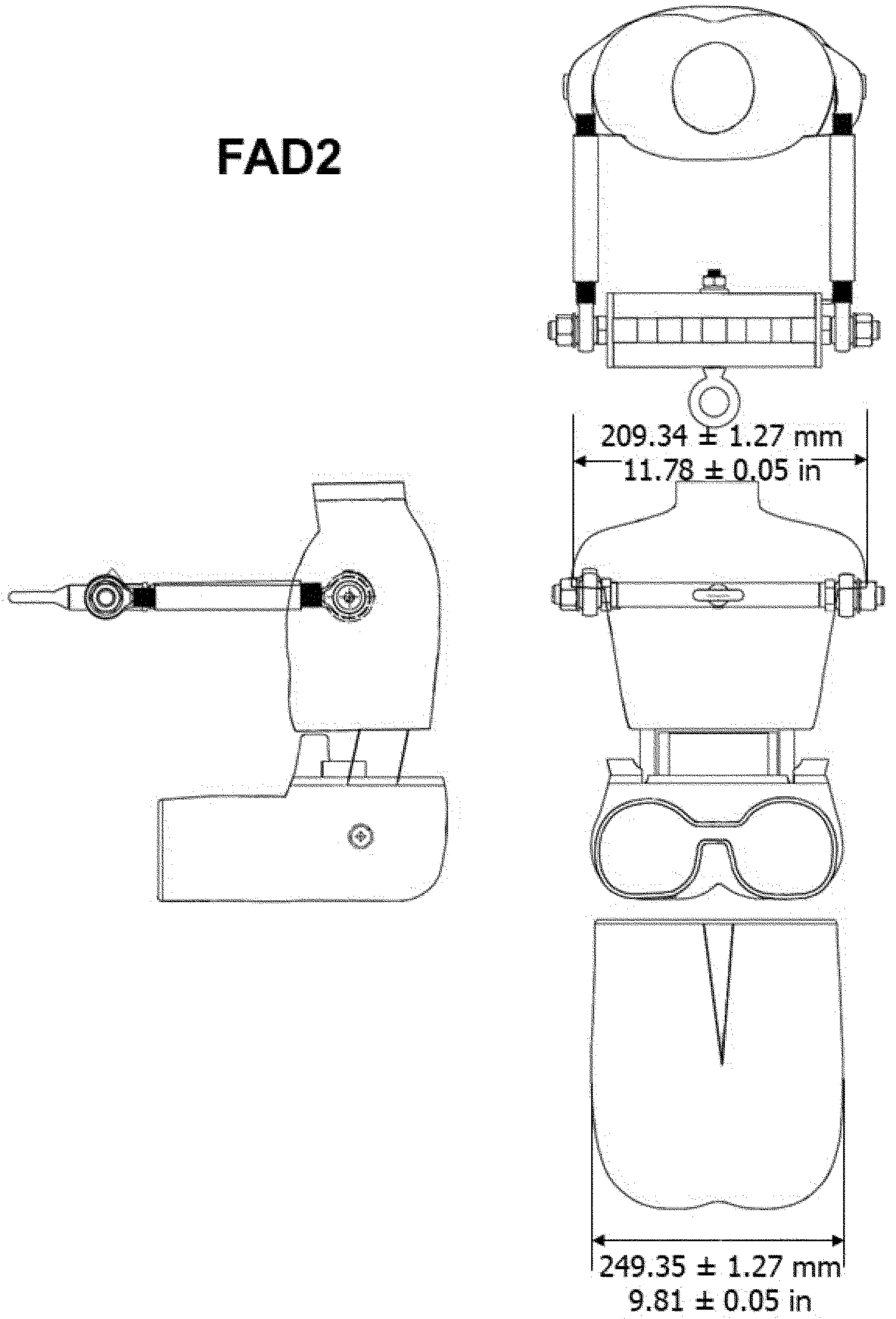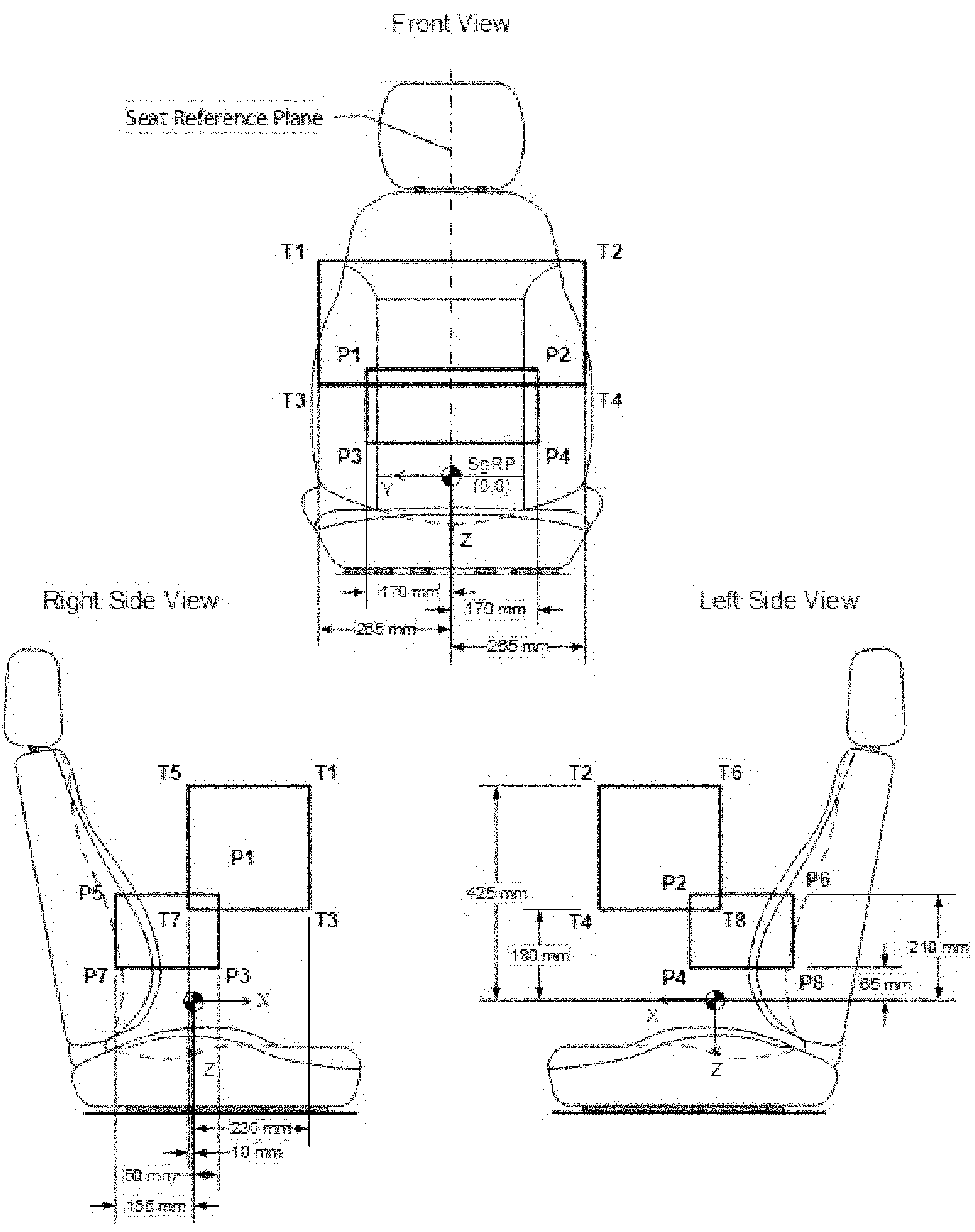NHTSA Publishes Final Rule for FMVSS 210, Seat Belt Assembly Anchorages
A little over a decade after the Notice of Proposed Rulemaking (NPRM) was published for FMVSS 210, Seat Belt Assembly Anchorages, the National Highway Traffic Safety Administration (NHTSA) has published its final rule to amend the regulation. The updated regulation addresses potential inconsistencies in the lap and torso block placement during test setup and execution by including placement zones for the test blocks and adding an option to use an alternate one-piece loading block referred to as a Force Application Device (FAD).
FMVSS 210 was established in 1967 and defines location and strength requirements for seat belt anchorages. The test setup involves the use of a torso and/or lap block to apply loads to the seat belt system (3,000 lbf per lap/torso block for Type 2 belts or 5,000 lbf for Type 1 belts), representing an occupant in a front-end collision. The loads are applied at 10+/- 5° from horizontal within 30 seconds and the anchorages and hardware must withstand the load for 10 seconds.


The final rule allows for two options. The first is to replace the original test blocks with a new device called FAD1 (Force Application Device). It is a one-piece device representing a 50th percentile male and may be used with either Type 1 or Type 2 belt systems. The intent is to allow for easier and more consistent installation as its vertical midpoint is aligned with the seat reference plane. A smaller version (FAD2) is available for more narrow occupant seating positions. It is important to note that the European belt anchorage regulation (ECE R14) has not adopted the FADs currently.
The other option is to utilize the current test blocks but position them in placement zones as described in S5.3 of the new rule as seen in image 3 below. There are separate zones for the lap and torso blocks, and both are positioned with respect to the seating reference point (SgRP). Per S4.2.6, the manufacturer may choose either option by the time the vehicle is certified, however, they must stay with that option[OF1] throughout certification.

The Final Rule is effective on October 17, 2024, and the full compliance date is September 1, 2027. Manufacturers have an option for early compliance prior to 2027. Details of the phase-in are listed below:
Phase-In Schedule:

MGA’s static team has worked with the FAD1 and FAD2 designs since their introduction in 2012. The current set was built by MGA’s fabrication team in New York according to the drawings provided by the NHTSA at the time. The team is currently working on updated designs for improvement and ease of use and are working towards building them for commercial use. If you are interested in additional information or would like to attend a workshop with a live demonstration of the FAD, please reach out to Fern Gorman at fern.gorman@mgaresearch.com.


